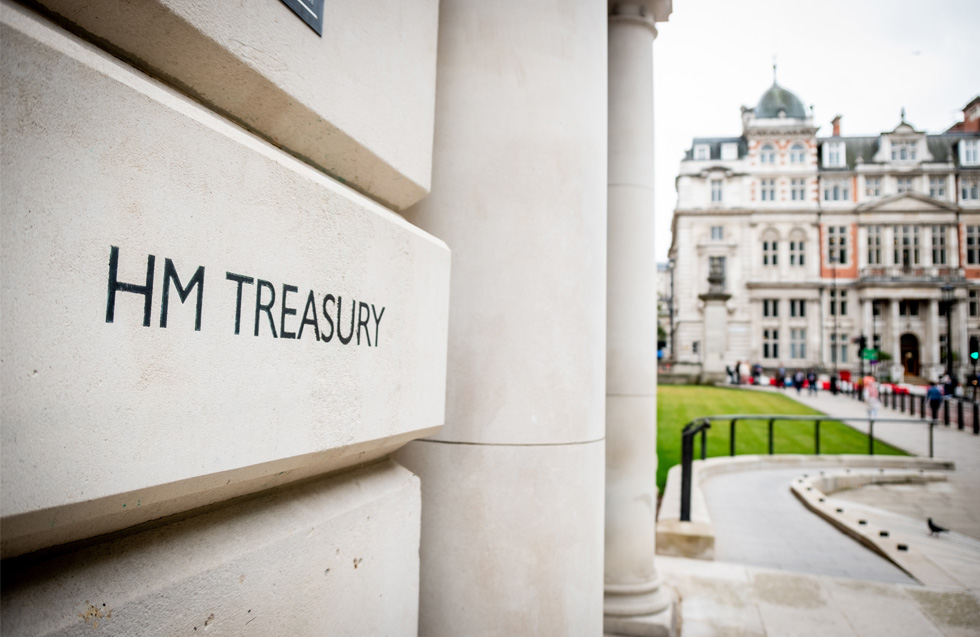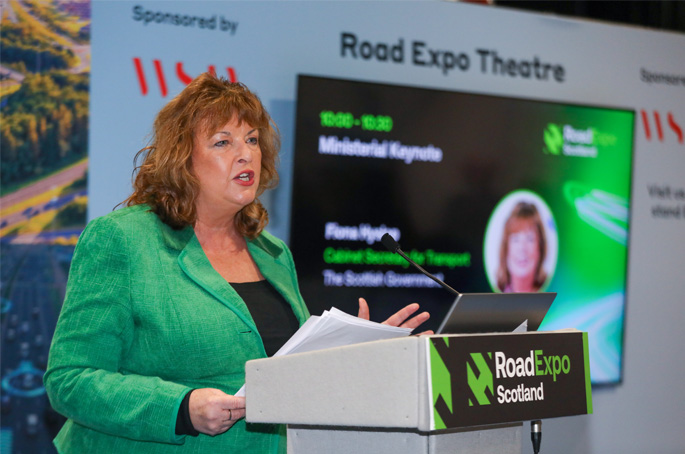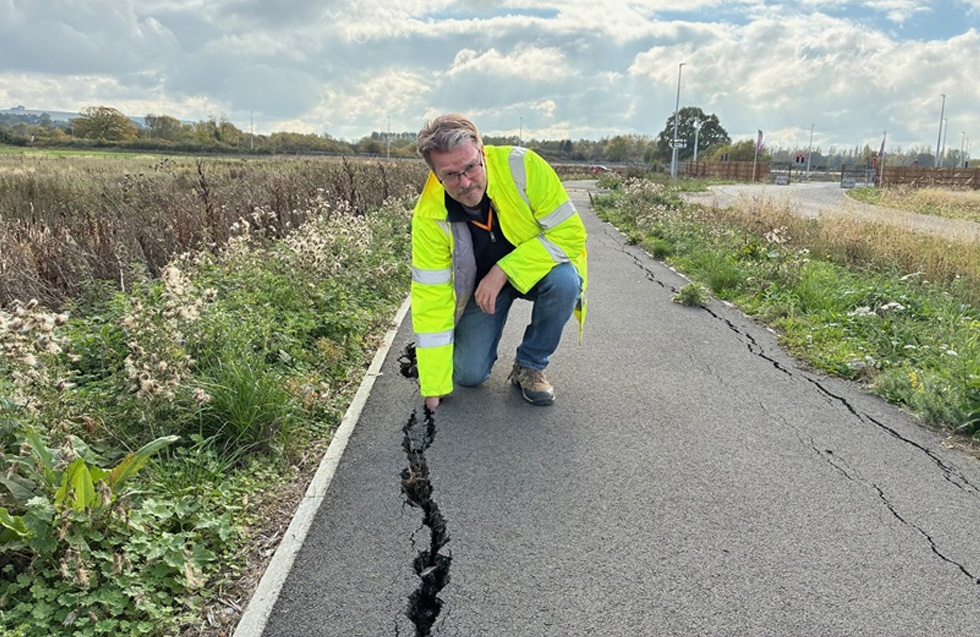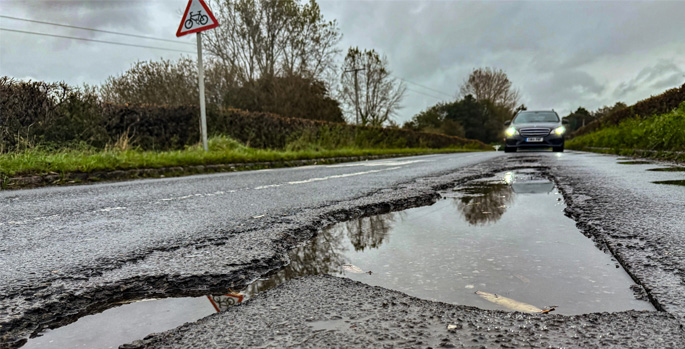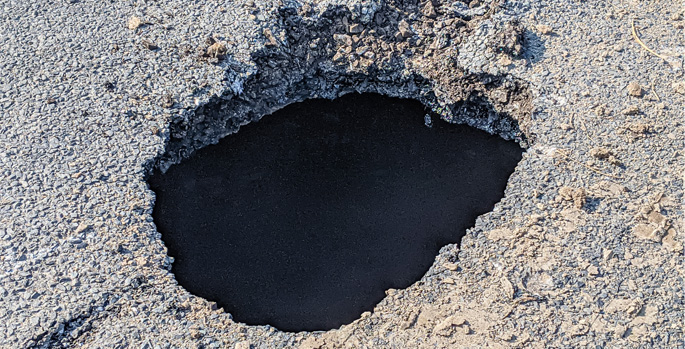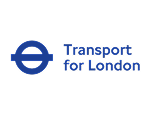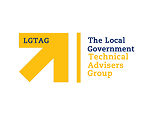Great Britain is facing a total bridge maintenance backlog of close to £6bn, an increase of some £400m, as the nation saw another 14 partial bridge collapses over the last year.
A state of the nation annual bridges survey found that the one-time cost to clear the maintenance backlog on all 71,925 bridges is £5.861bn. Last year the survey reported that the one-time cost to clear the full maintenance backlog would be £5.44bn.
The estimated cost of bringing just those structures classified as 'substandard' back up to perfect condition is £918m - down 22% on the £1.16bn figure of a year earlier.
The proportion of road bridges managed by councils across Great Britain classified as ‘substandard' fell slightly over the year but one in every 24 bridges (4.3%) is still unable to carry the heaviest vehicles on our roads, including lorries of up to 44 tonnes.
The figures come from the RAC Foundation and National Bridges Group of ADEPT (the Association of Directors of Environment, Economy, Planning & Transport) through their annual survey, which is based on Freedinof Information requests to councils.
This year, the 196 responding councils were responsible for maintaining 71,925 bridges, of which 3,090 (4.3%) are substandard. Last year's figures provided by 196 councils covered 70,944 bridges with 3,211 (4.53%) substandard.
Difficult rebuild
Councils said they would ideally target bringing 2,506 (81%) of the 3,090 substandard bridges back up to full carrying capacity.
However, budget limitations mean they anticipate that only 387 of these will have the necessary work carried out on them within the next five years.
Many of the substandard bridges are subject to weight restrictions, while others will be under programmes of increased monitoring or even managed decline.
Steve Gooding, director of the RAC Foundation, said: 'This latest study shows the scale of the challenge local authorities are valiantly wrestling with. The numbers illustrate how important it is for significant sums of money to be spent tackling at least the higher priority work. Whether it is potholes or bridges there is only so long that councils can continue to patch things up before bigger cracks literally start to appear in the road network.
'One other key finding of the report is the need for local authorities to have a very precise inventory of what they are responsible for - attention to detail is critical on what by any road user's reckoning must be regarded as critical infrastructure.'
The proportion of substandard bridges this year is the second lowest since the Foundation started its survey in 2016.
The figure has remained fairly constant over that period, with the lowest proportion at 4.27% in 2018/19 and the highest at 4.6% in 2016/17.
There were no reports of bridges that had fully collapsed this year; however, there were 14 partial collapses.
The 14 partial collapses were in: Aberdeenshire (5), and Barnet, County Durham, Lancashire, Na h-Eileanan an Iar, Shropshire, Tower Hamlets, Warwickshire, Conwy and Newport (1 each).
The ten councils in Britain with the highest number of substandard bridges are:
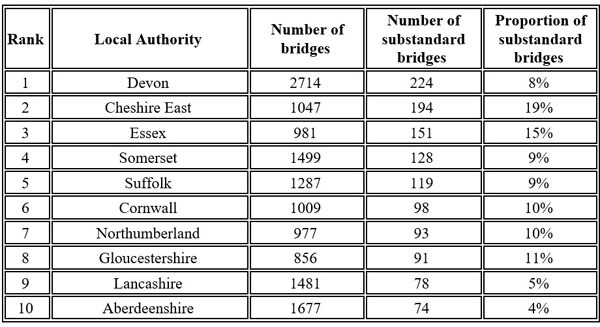
Kevin Dentith, vice chairman, ADEPT National Bridges Group, said: 'The term sub-standard generally means bridges are either too weak to carry 40-tonne vehicles or there is a weight restriction for environmental reasons such as a narrow bridge or narrow approach roads.
'This does not necessarily mean there is a risk to the highway user but it can often cause significant disruption to the free movement of vehicles.
'The bridge owner will have a procedure in place to manage these structures either by a signed weight restriction or a monitoring system managed by bridge engineers.
In highway engineering, the term ‘bridge' encompasses major structures spanning estuaries through to stretches of road at least 1.5 metres in length such as might span a culvert carrying water under the carriageway.'



